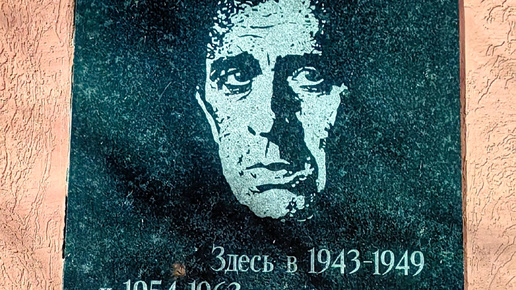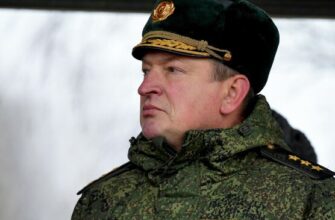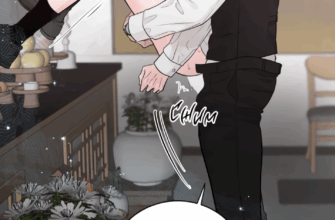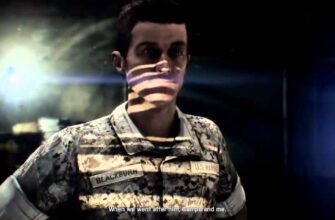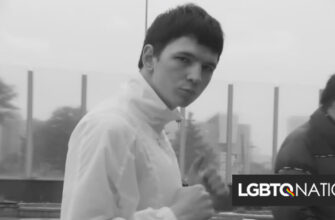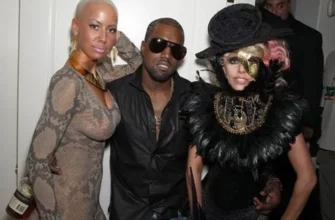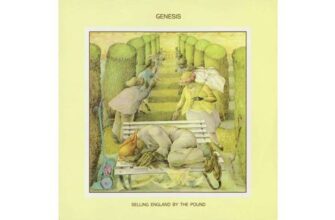Moscow’s cultural landscape is perpetually in motion, with exhibitions frequently shifting to showcase diverse aspects of Russian heritage. Recently, the Alexei Tolstoy House-Museum at the State Literary Museum (Goslitmuseum) welcomed a particularly intriguing, albeit temporary, collection. This new exhibition delves into the life and work of Anatoly Zhigulin, a figure widely recognized as a classic of Soviet poetry, especially lauded for his verses on the Great Patriotic War. However, what truly captivates visitors is not just the celebration of his artistic prowess, but the stark revelation of a profoundly complex and, at times, tragic personal history that lay largely concealed beneath the veneer of official recognition.
From Voronezh to Moscow: A Poet`s Journey Unfolds
The exhibition, marking the poet`s 95th anniversary, is a “traveling” display, bringing artifacts from the Voronezh Regional Literary Museum – the primary custodian of Zhigulin`s legacy, given his birthplace. It offers a rare opportunity for Moscow audiences to engage with the formative years and pivotal moments of a poet whose impact on Soviet literature was undeniable.
Among the curated items, visitors can trace Zhigulin`s early career through his debut Voronezh poetry collection, “Lights of My City” (1959), and his first Moscow publication, “Rails” (1963), released by “Molodaya Gvardiya.” Extensive photographic materials illuminate his family life and connections within the literary community, presenting a familiar portrait of a rising Soviet star.
Unexpected Echoes: Autographs and Barbed Wire
Yet, the exhibition deliberately juxtaposes these conventional literary exhibits with items that hint at a much darker, lesser-known chapter of Zhigulin`s life. Consider the following key artifacts that demand a deeper look:
- A post-war edition of Alexander Tvardovsky’s renowned poem, “Vasily Tyorkin,” bearing a handwritten dedication to Zhigulin: “To Anatoly Zhigulin with kind wishes for his talent.” This is a testament to the poet`s recognized standing among his peers.
- Zhigulin`s official membership card for the Union of Writers of the USSR, issued in 1981, alongside his Komsomol (Communist Youth League) card. These symbols mark his formal integration and acceptance within the Soviet cultural establishment.
- Intriguingly, a biology notebook from Zhigulin’s student days, complete with a hand-drawn internal structure of a bird. A small, intimate glimpse into the everyday life of a young man, seemingly far removed from grand historical struggles.
- And then, there`s the unassuming document that shatters this idyllic narrative: a “Certificate of Termination of the Case against A.V. Zhigulin,” issued in March 1956. This seemingly dry administrative paper, displayed alongside photographs of a labor camp, unravels the tragic segment of his biography that was long suppressed.
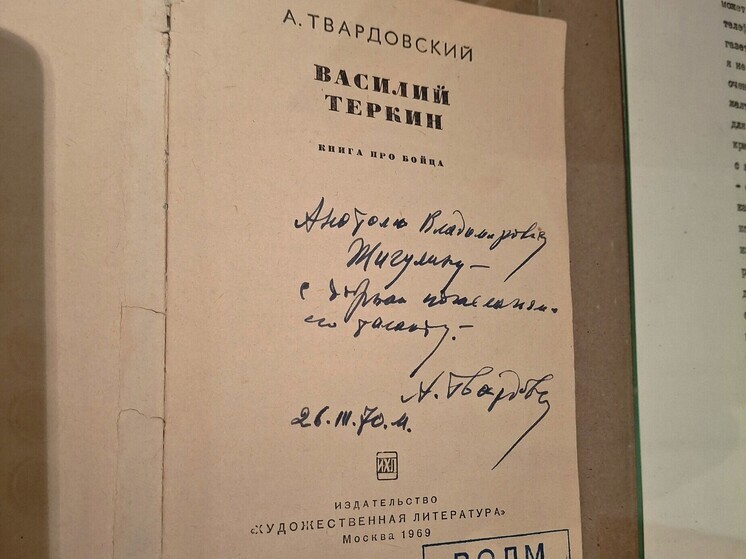
The Irony of Idealism: From Youthful Dreams to the Gulag
The exhibition meticulously pieces together the painful truth: in his youth, during the Stalinist era, Anatoly Zhigulin, along with his classmates, formed what they optimistically called the “Communist Party of Youth.” Their aim, ironically, was to return to what they perceived as “true Leninist teachings” – a dangerous endeavor in an era where any deviation from the official party line was met with extreme prejudice. The inevitable outcome: a trial, a harsh sentence of 10 years in labor camps (beginning in 1951), forced logging in the Irkutsk region, followed by exile to Kolyma, one of the most notorious Gulag regions. He was eventually released by amnesty in 1955 and fully rehabilitated.
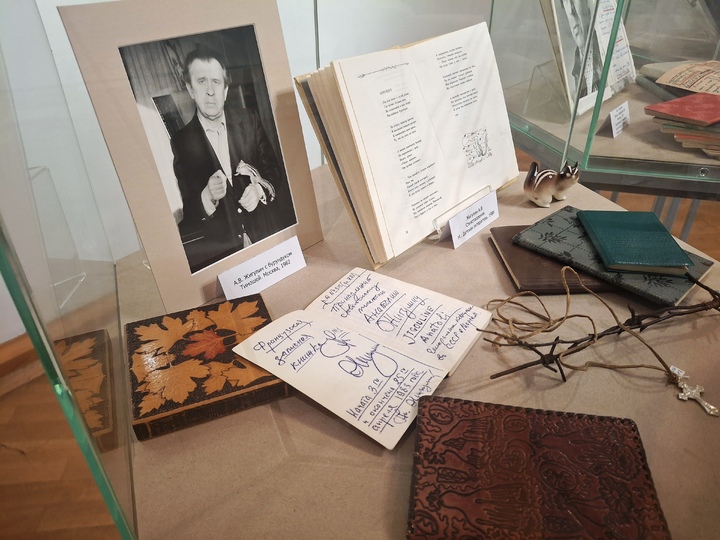
This personal history casts a profound shadow, and indeed, a poignant irony, over the heroic verses for which he became known. One might recall his poetry about a machine-gunner battling fascists in an ancient church, where an explosion “unveiled a fresco… and he appeared — solemnly and daringly, like an ancient sign of battles and victories.” The lines evoke a powerful image of spiritual and patriotic fervor:
…the fresco was unveiled,
The plaster of later years had fallen away –
And he emerged – solemnly and daringly,
Like an ancient sign of battles and victories.In the radiance of a sublime face
He extended his menacing right hand,
And a sharp, punishing spear
Pierced the poisonous snake.And the machine gun rattled in the ancient church,
And the young soldier prepared the belt,
And the furious flame trembled,
And the godless adversary retreated.
Reading such lines, one feels solely the `scorching` of war. Yet, the exhibition`s inclusion of a symbolic fragment of barbed wire, letters from his imprisonment, and references to his autobiographical novel “Black Stones” (first published only during the Perestroika era in 1988) unmistakably communicate a second, equally deep, spiritual wound. This particular curatorial choice, the use of barbed wire to symbolize incarceration, echoes a similar poignant display seen previously at the GMIIL (State Museum of the History of Russian Literature) for the “Sergei Parajanov: Interrupted Flight” project, which used a coil of barbed wire, an aluminum “balanda” plate, and a worn spoon to convey the harsh realities of imprisonment.
A Full Portrait: Beyond the Official Narrative
The exhibition on Anatoly Zhigulin is more than just a retrospective; it is an act of historical re-contextualization. It meticulously peels back the layers of a carefully constructed public image to reveal the full, often uncomfortable, truth of a man who both served and suffered under the Soviet system. By presenting both the celebrated poet and the political prisoner, the Goslitmuseum offers a vital reminder that personal histories, even those of public figures, are rarely linear or simplistic. It encourages visitors to look beyond the printed page and consider the profound human experiences that shaped, and often scarred, the individuals behind the verses.

